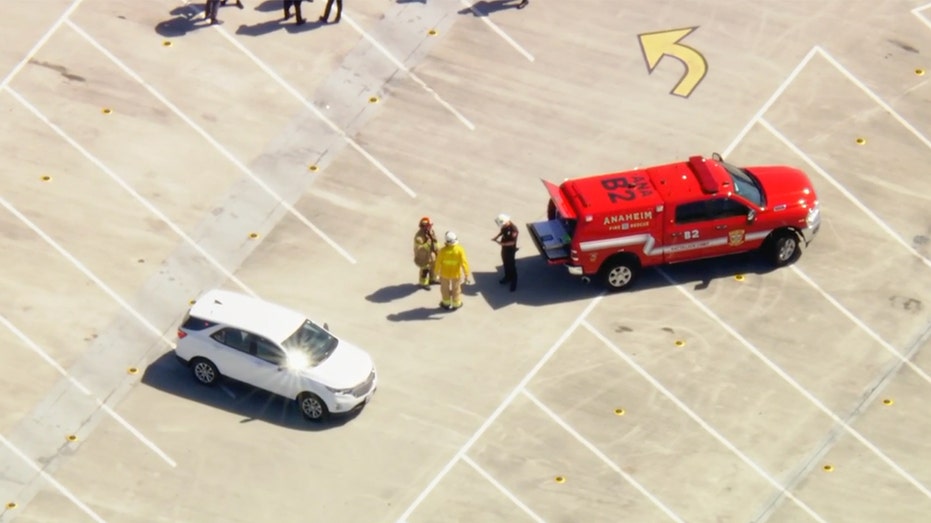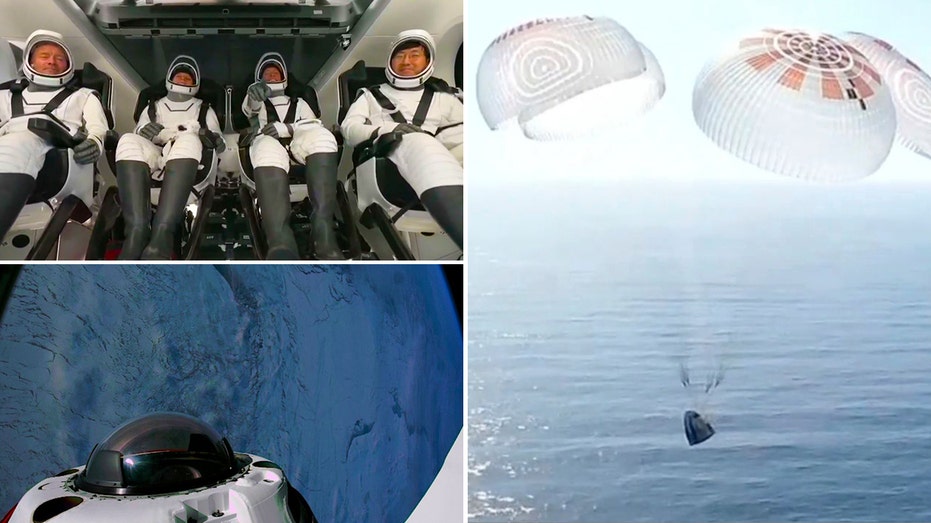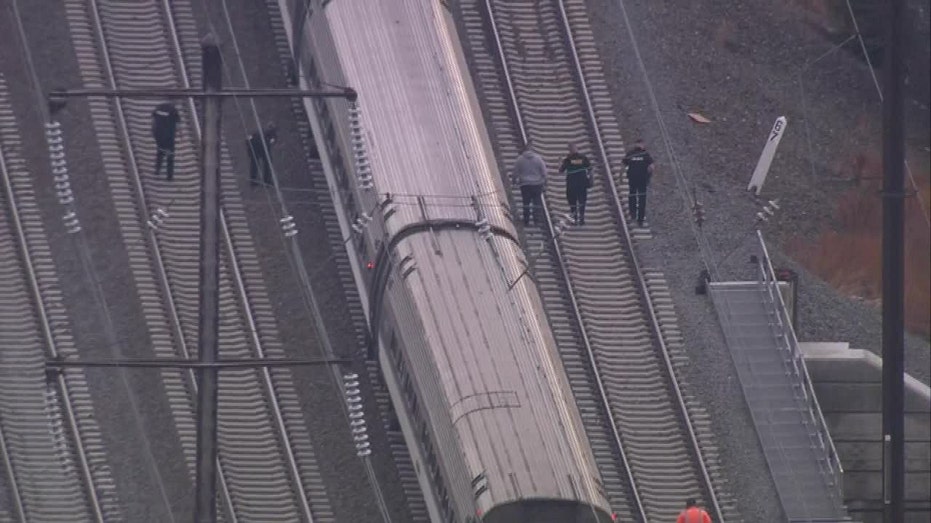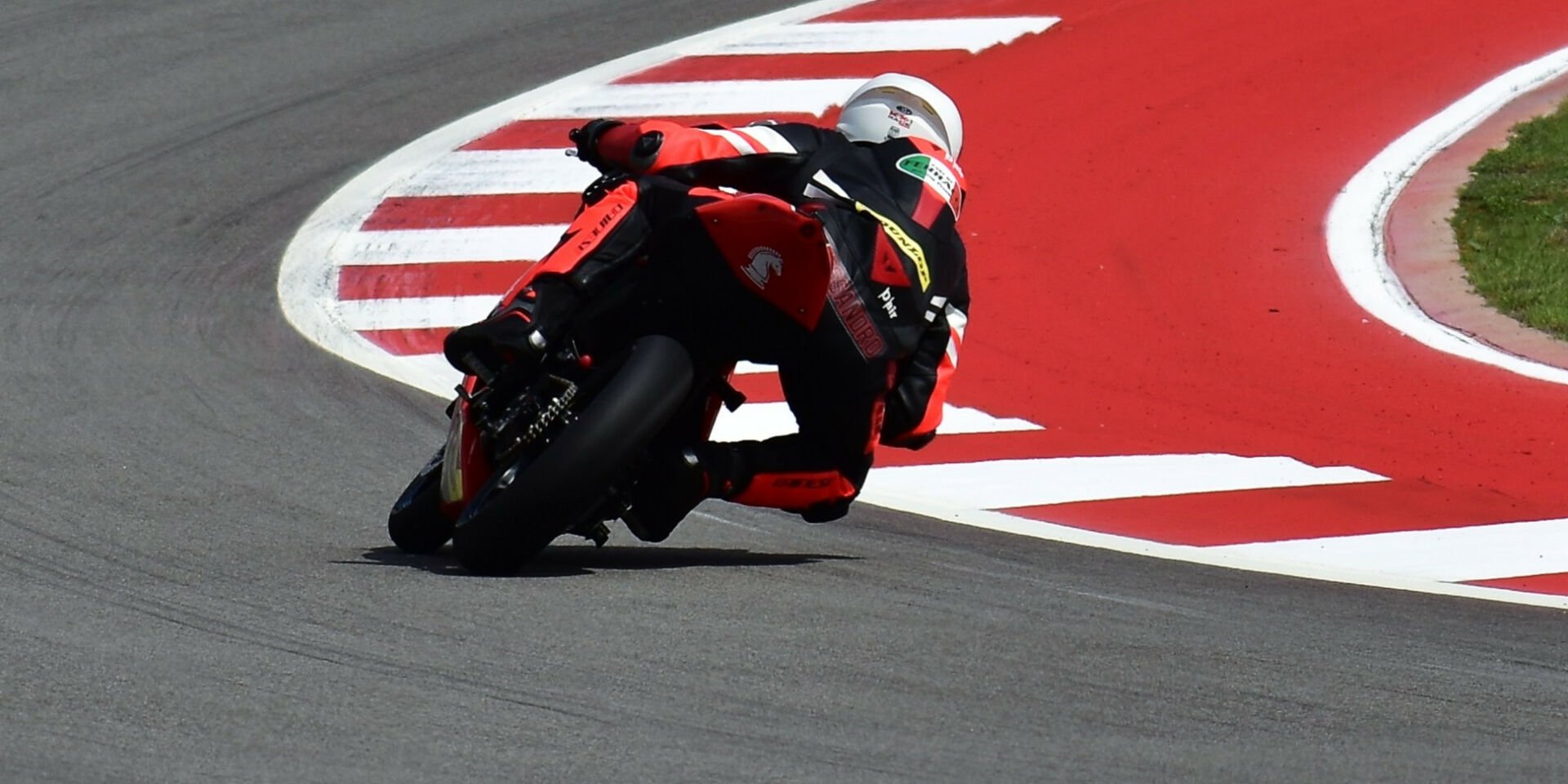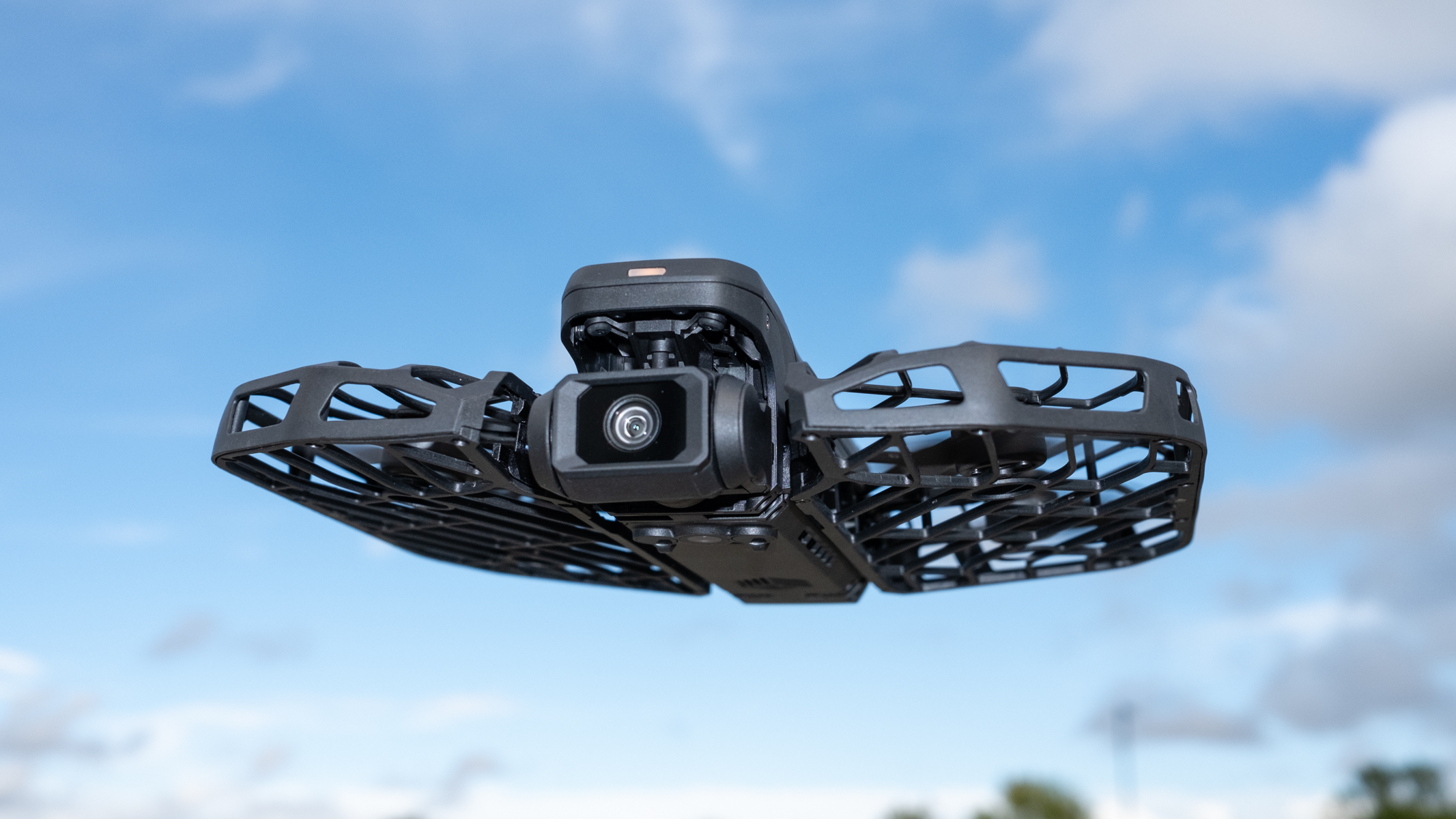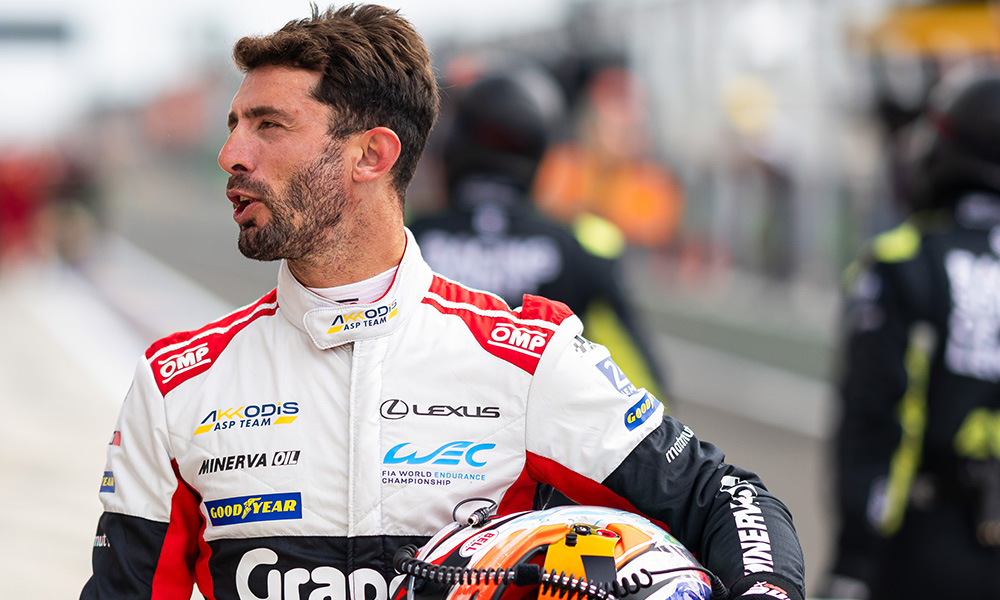Drag Racers Are Ditching Superchargers for Scuba-Style Tanks and Compressed Air
Compressed Air Supercharging has developed equipment that delivers extremely cold, dense air to the engine in an instant—and racers are getting results with it. The post Drag Racers Are Ditching Superchargers for Scuba-Style Tanks and Compressed Air appeared first on The Drive.

If there’s a way to add power to a car, you can bet it’s been tested on the drag strip. That’s the one place you’ll find more superstitions than on a baseball field—eating peanuts in the pits, wearing lucky underwear, that type of thing—but only because people are serious about going fast. They’re so serious that they’re willing to try anything that nets them a lower quarter-mile time and a higher trap speed, even if it means ditching the hardware that’s worked for generations. We’re seeing that right now as a small group of drag racers are shelving their turbos and belt-driven blowers for power adders that look like scuba tanks.
It’s called Compressed Air Supercharging and folks who have been paying attention to the drag racing scene in recent years may have heard about it. That said, the community has been pretty skeptical of the tech despite its huge potential. Now, though, a batch of relatively early adopters are proving the equipment on the asphalt with times that match and even beat their previous benchmarks with Prochargers and the like.
Dale Vaznaian pioneered the method, which makes sense when you learn that he was the co-founder and COO of Nitrous Oxide Systems in a past life. Essentially, the equipment force-feeds oxygen into the engine without requiring any horsepower or spent exhaust air to do so. This theoretically gives it a leg up on both turbocharging and traditional supercharging as it supplies extremely cold, extremely dense air to make power with.

It works like this: Compressed air is stored at 3,300 psi in carbon fiber tanks that weigh roughly 30 pounds each when full and about 55 pounds with CAS’s proprietary valve installed. The air then travels through a mechanical pressure regulator, a two-stage safety shut-off valve, and onto an electronic pressure regulator before reaching an ejector assembly. From there, it’s sent to an intake-mounted diffuser with an integral MAP sensor. It’s all computer-controlled and you can adjust the amount of boost like with any other supercharging device to match your tuning; from what I can tell, most drivers are running roughly 10 psi, though some are above that.
Now, obviously, that’s lower boost than the headline-grabbing turbo figures, but that’s actually a plus. Since the air enters the intake at approximately -20 degrees Fahrenheit, it’s far denser than even intercooled air from a turbo. That’s really what an engine wants, and because the cooler temps come with lower pressure, it’s easier on the engine’s internals as well as the hardware that keeps the heads clamped on. It’s a win-win, in that sense, and it’s also less sensitive to octane so you can make big power on 91 pump gas if you have to.
It’s especially neat to see this setup work in automatic cars with a transmission brake. It can be tuned to engage just before launch, allowing the engine to start the run with boost already built up like you’d find on a traditional two-step. What’s different is the sound—there’s no turbo spool and no supercharger whine, just straight-up engine noise.
Racers Tina Pierce and her husband Dave are running compressed air supercharging setups on their drag trucks. In their red Chevy Colorado with parachutes out back, they’re running 12 psi of boost to make 1,600 horsepower. In their case, they typically run the 1/8th-mile, and they estimate the system can make two passes before being refilled. That said, they top theirs off after each pass to be safe. I found their content to be super helpful in learning about the system.
Ryan Mitchell is another who’s recently swapped from traditional power adders to the compressed air supercharging equipment. He owns the KC Maxx Firebird, a 1987 Pontiac that previously made big power with a Procharger. He’s still in the early stages of smoothing out his setup, but he made a few track passes at Mo-Kan Dragway in March. According to him, it launches similarly to the old Procharger setup already.
And you can’t talk about this without mentioning Mark Griffin’s Camaro. It’s effectively the poster child for CAS:
There’s more information out there on these setups, whether you want to look at Compressed Air Supercharging’s site or watch a few videos from Tina Pierce or Ryan Mitchell. You can learn just about everything you want to know, including how to refill those bottles (hint: you can’t do it with a regular shop compressor). I’m not sure if or when this type of tech will knock traditional power adders off their perch in terms of popularity, but it has the potential to boost some massively impressive machines. I can’t wait to see where these guys go with it.
Got a tip or question for the author? Contact them directly: caleb@thedrive.com
The post Drag Racers Are Ditching Superchargers for Scuba-Style Tanks and Compressed Air appeared first on The Drive.

